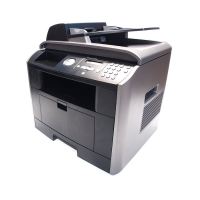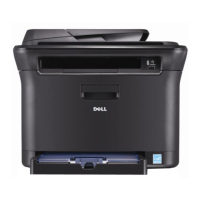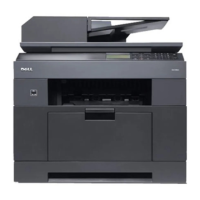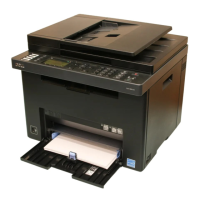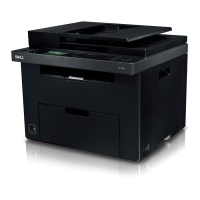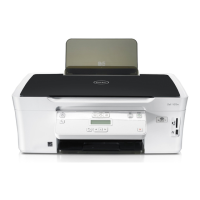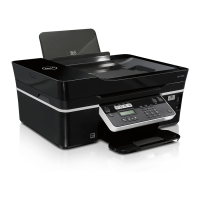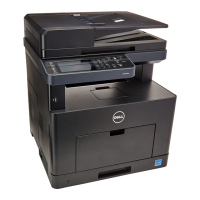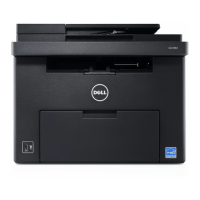Paper Handling
Print Media Guidelines
Print media is paper, card stock, transparencies, labels, and envelopes. Your printer provides high quality printing on a variety of print media. Selecting the
appropriate print media for your printer helps you avoid printing problems. This chapter provides information on how to help you make print media selections,
how to care for the print media, and how to load it in the tray 1, optional tray 2 or bypass tray.
Paper
For the best print quality, use 75 g/m
2
(20 lb) xerographic, long grain paper. Try a sample of any paper you are considering using with the printer before
buying large quantities.
When loading paper, note the recommended print side on the paper package, and load paper accordingly. See "Loading Print Media in the Paper Tray" and
"Using the Bypass Tray" for detailed loading instructions.
Paper Characteristics
The following paper characteristics affect print quality and reliability. We recommend that you follow these guidelines when evaluating new paper stock.
Weight
The printer can automatically feed paper weights from 60 to 105 g/m
2
(16 to 28 lb bond) grain long in the ADF and from 60 to 90 g/m
2
(16 to 24 lb bond) grain
long in the paper tray. Paper lighter than 60 g/m
2
(16 lb) may not be stiff enough to feed properly, causing jams. For best performance, use 75 g/m
2
(20 lb
bond) long grain paper.
For duplex printing, use 75 to 90 g/m
2
(20 to 24 lb bond) paper.
Curl
Curl is the tendency of print media to curve at its edges. Excessive curl can cause paper feeding problems. Curl usually occurs after the paper passes through
the printer, where it is exposed to high temperatures. Storing paper unwrapped in humid conditions, even in the paper tray, can contribute to paper curling
prior to printing and can cause feeding problems.
Smoothness
The degree of smoothness of paper directly affects print quality. If the paper is too rough, the toner does not fuse to the paper properly, resulting in poor print
quality. If the paper is too smooth, it can cause paper feeding problems. Smoothness should be between 100 and 300 Sheffield points; however, smoothness
between 150 and 250 Sheffield points produces the best print quality.
Moisture Content
The amount of moisture in the paper affects both print quality and the ability of the printer to feed the paper properly. Leave the paper in its original wrapper
until you are ready to use it. This limits the exposure of the paper to moisture changes that can degrade its performance.
Grain Direction
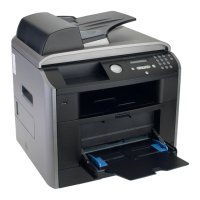
